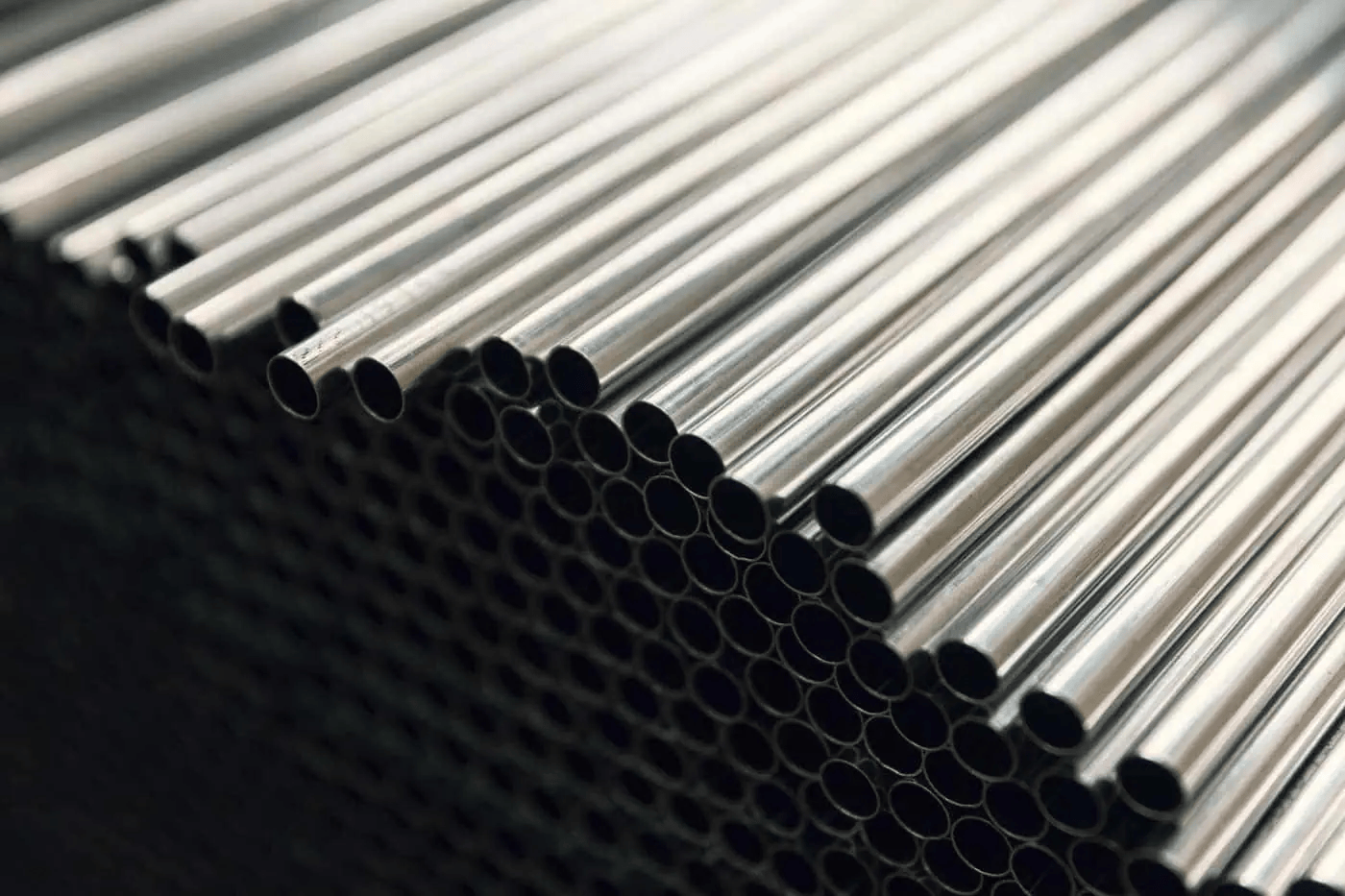
Hastelloy C276 (UNS N10276, W.Nr. 2.4819): Specifications for Tubing, Plates, and Bars
Introduction to Hastelloy C276 for Tubing, Plates, and Bars
Hastelloy C276 (UNS N10276, W.Nr. 2.4819) is a premier nickel-molybdenum-chromium superalloy, celebrated for its unparalleled corrosion resistance and robust mechanical properties in extreme environments. Comprising nickel (~57%), molybdenum (15-17%), chromium (14.5-16.5%), and tungsten (3-4.5%), this alloy is engineered to withstand aggressive media, including acids, chlorides, and oxidizing agents. Hastelloy C276 is widely utilized in the form of tubing, plates, and bars, serving critical roles in industries such as chemical processing, marine engineering, petrochemical, and pollution control. These product forms are essential for applications requiring high strength, durability, and resistance to harsh conditions, ensuring operational reliability and safety.
Manufactured to standards like ASTM B622 (seamless tubing), ASTM B575 (plates), and ASTM B574 (bars), Hastelloy C276 products offer exceptional performance where conventional materials like stainless steel falter. The alloy’s low carbon content (≤0.01%) minimizes carbide precipitation during welding, making it ideal for as-welded structures. This comprehensive analysis delves into the chemical composition, mechanical properties, corrosion resistance, manufacturing processes, and specific applications of Hastelloy C276 tubing, plates, and bars, with comparisons to Inconel alloys and other materials, providing valuable insights for engineers and industry professionals.
Chemical Composition and Microstructure
The chemical composition of Hastelloy C276 is meticulously crafted to ensure superior corrosion resistance and mechanical stability. Nickel, constituting approximately 57% of the alloy, forms a stable austenitic matrix that resists reducing environments and chloride-ion stress corrosion cracking (SCC). Molybdenum (15-17%) enhances resistance to pitting and crevice corrosion, particularly in chloride-rich settings, while chromium (14.5-16.5%) provides protection against oxidizing media. Tungsten (3-4.5%) bolsters corrosion resistance in aggressive environments, and the low carbon content (≤0.01%) prevents carbide precipitation during welding, preserving corrosion resistance in welded structures. The table below outlines the chemical composition:
| Element | Composition (% by Weight) |
|---|---|
| Nickel (Ni) | Balance (~57) |
| Molybdenum (Mo) | 15.0–17.0 |
| Chromium (Cr) | 14.5–16.5 |
| Tungsten (W) | 3.0–4.5 |
| Iron (Fe) | 4.0–7.0 |
| Cobalt (Co) | ≤2.5 |
| Manganese (Mn) | ≤1.0 |
| Carbon (C) | ≤0.01 |
| Silicon (Si) | ≤0.08 |
| Phosphorus (P) | ≤0.04 |
| Sulfur (S) | ≤0.03 |
| Vanadium (V) | ≤0.35 |
The microstructure of Hastelloy C276 is a single-phase, face-centered cubic (FCC) austenitic structure, providing excellent ductility and toughness. The low carbon content ensures minimal grain boundary precipitation in the weld heat-affected zone, maintaining corrosion resistance in as-welded conditions. Compared to Inconel 625, which has a lower molybdenum content (~9%), Hastelloy C276 excels in reducing environments but offers slightly less high-temperature strength. The alloy’s microstructure remains stable up to 1040°C, making it suitable for high-temperature applications in chemical processing and power generation
Mechanical Properties and Heat Treatment
Hastelloy C276 tubing, plates, and bars exhibit robust mechanical properties, making them suitable for demanding applications. In the annealed condition, the alloy achieves a tensile strength of ≥790 MPa, a yield strength of ≥355 MPa, and an elongation of ≥40%, ensuring excellent ductility for forming complex shapes. The hardness ranges from 85-95 HRB, balancing strength and workability. The alloy maintains its mechanical integrity from cryogenic temperatures (-196°C) to 1040°C, though prolonged exposure above 870°C may lead to phase instability. The table below summarizes the mechanical properties for Hastelloy C276 products:
| Property | Value (Annealed Condition) |
|---|---|
| Tensile Strength (MPa) | ≥790 |
| Yield Strength (MPa) | ≥355 |
| Elongation (%) | ≥40 |
| Hardness (HRB) | 85–95 |
| Density (g/cm³) | 8.89 |
| Melting Point (°C) | 1325–1370 |
Hastelloy C276 products are typically supplied in the annealed condition, with solution annealing at 1120-1180°C followed by rapid quenching to prevent carbide precipitation. Unlike precipitation-hardened alloys like Monel 502, Hastelloy C276 relies on solid-solution strengthening, eliminating the need for post-weld heat treatment in most cases. Compared to Inconel 625 (tensile strength ≥827 MPa), Hastelloy C276 offers similar strength but superior corrosion resistance in reducing environments. Stainless steel 316, with a tensile strength of ≥515 MPa, is less robust and more susceptible to chloride SCC, making Hastelloy C276 a preferred choice for critical applications
Corrosion Resistance and Environmental Performance
Hastelloy C276 is celebrated for its exceptional corrosion resistance across a broad spectrum of environments. Its high molybdenum content provides outstanding resistance to pitting and crevice corrosion, with corrosion rates as low as 0.01 mm/year in 5% hydrochloric acid (de-aerated). Chromium enhances resistance to oxidizing media, such as nitric acid, with corrosion rates of ~0.05 mm/year in 10% HNO₃. Tungsten further improves performance in aggressive environments, including seawater, where the alloy exhibits negligible pitting after three years of exposure. Its resistance to chloride-ion SCC makes it ideal for marine and chemical processing applications, outperforming stainless steels like 304 and 316
In 3.5% NaCl solutions, Hastelloy C276 shows pit depths of <0.01 mm, compared to 0.03 mm for 316L stainless steel. Its performance in sulfuric acid (up to 50% concentration) is superior to Monel 400 (~0.1 mm/year), though Inconel 625 performs better in highly oxidizing conditions due to its higher chromium content. The alloy’s low carbon content ensures corrosion resistance in as-welded structures, critical for tubing and plates in chemical reactors. Surface treatments like pickling and electropolishing enhance performance, particularly in pharmaceutical and food processing applications where high-purity environments are essential. Hastelloy C276’s versatility makes it suitable for flue gas desulfurization systems, sour gas wells, and organic chloride processing
Manufacturing and Fabrication
Hastelloy C276 tubing, plates, and bars are manufactured to stringent standards, including ASTM B622 (seamless tubing), ASTM B626 (welded tubing), ASTM B575 (plates), and ASTM B574 (bars). Seamless tubing, produced via extrusion or cold drawing, ranges from 1/8 inch to 2 inches in diameter, with wall thicknesses from 0.035 to 0.120 inches. Welded tubing, per ASTM B626, is suitable for larger diameters and lower-pressure applications. Plates, available in thicknesses from 0.1875 to 2 inches, are hot-rolled or cold-rolled, while bars (round, square, and hexagonal) range from 0.25 to 12 inches in diameter. Machining is challenging due to work-hardening, requiring sharp tools and slow cutting speeds (10-20 m/min) to minimize tool wear.
Welding is performed using GTAW, GMAW, or SMAW with matching filler metals (e.g., ERNiCrMo-4), with minimal risk of weld decay due to low carbon content. Forming processes, such as bending and rolling, leverage the alloy’s ductility, while annealing at 1120-1180°C ensures optimal properties. Compared to Inconel 625, Hastelloy C276 is slightly harder to machine but offers superior corrosion resistance in reducing environments. Surface finishes, such as pickled or polished, enhance corrosion resistance and aesthetics, particularly for plates in chemical reactors. The alloy’s compliance with NACE MR0175/ISO 15156 ensures suitability for sour gas environments, making it a top choice for petrochemical applications
Product Details: Hastelloy C276 Tubing

Hastelloy C276 tubing, available in seamless and welded forms, is designed for high-pressure and corrosive applications in chemical processing, marine, and petrochemical industries. Seamless tubing, per ASTM B622, ranges from 1/8 inch to 2 inches in diameter, with wall thicknesses from 0.035 to 0.120 inches, suitable for high-pressure systems like heat exchangers and reactors. Welded tubing, per ASTM B626, is used for larger diameters and lower-pressure applications, such as pollution control systems. The tubing offers tensile strengths of ≥790 MPa and corrosion rates of ~0.01 mm/year in seawater, outperforming stainless steel 316 (~0.05 mm/year)
Seamless tubing is produced via cold drawing or extrusion, followed by annealing at 1120-1180°C to optimize corrosion resistance. Welded tubing is manufactured using ERW or EFW processes, with optional post-weld annealing. Applications include chemical processing lines, flue gas desulfurization systems, and sour gas wells, where Hastelloy C276’s resistance to reducing acids and chloride SCC ensures reliability. Compared to Inconel 625 tubing, Hastelloy C276 offers superior performance in reducing environments but slightly lower high-temperature strength. The tubing’s high cost is justified by its durability and reduced maintenance in aggressive environments
Product Details: Hastelloy C276 Plates
Hastelloy C276 plates are used for structural components, reactor vessels, and cladding in chemical processing and petrochemical applications. Available in thicknesses from 0.1875 to 2 inches and widths up to 96 inches, plates conform to ASTM B575. They offer tensile strengths of ≥790 MPa and excellent corrosion resistance, with negligible pitting in seawater and reducing acids (~0.02 mm/year in 5% HCl). Their robust properties make them ideal for fabricating large-scale equipment like scrubbers and heat exchanger components

Plates are produced via hot rolling or cold rolling, with annealing at 1120-1180°C to ensure optimal properties. They can be cut, formed, or welded into complex shapes, with minimal risk of corrosion in the weld zone. Compared to Inconel 625 plates, Hastelloy C276 offers better resistance to reducing acids but lower high-temperature performance. Applications include lining for chemical reactors, flue gas desulfurization systems, and pharmaceutical equipment, where high-purity surfaces are critical. Surface treatments like pickling and polishing enhance corrosion resistance, ensuring long-term durability in harsh environments
Product Details: Hastelloy C276 Bars
Hastelloy C276 bars, including round, square, and hexagonal forms, are used for high-strength components like valve stems, pump shafts, and fasteners. Conforming to ASTM B574, bars range from 0.25 to 12 inches in diameter, with tensile strengths of ≥790 MPa and excellent corrosion resistance in reducing environments. Round bars are commonly used for machining into precision components, while square and hexagonal bars are ideal for fasteners and fittings. Their corrosion rate in de-aerated hydrochloric acid is ~0.02 mm/year, outperforming Monel 400 (~0.1 mm/year)
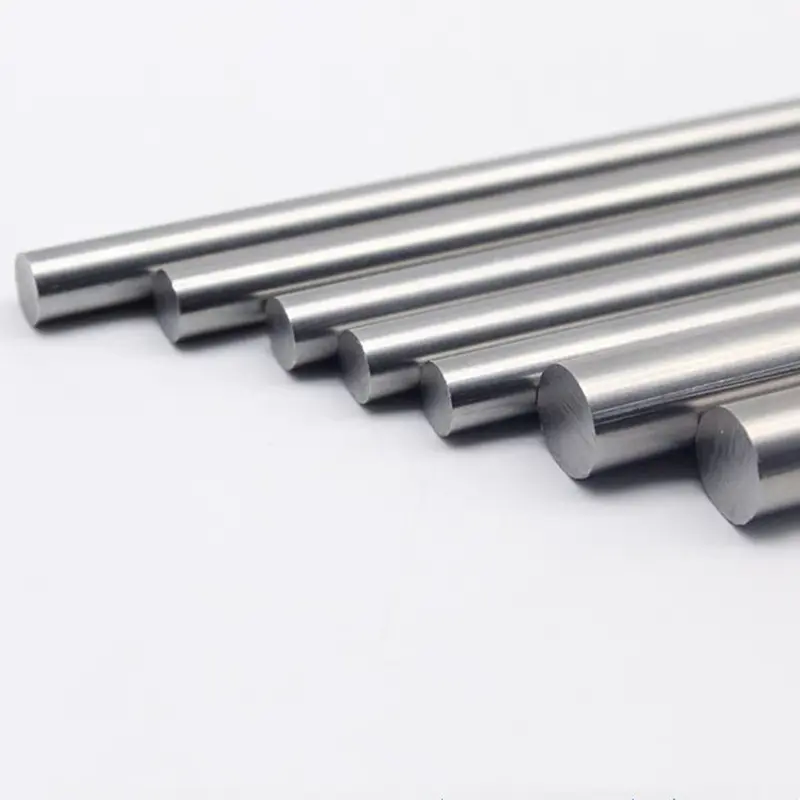
Bars are produced via hot rolling, forging, or cold drawing, with annealing and quenching to optimize properties. Machining requires careful control to manage work-hardening, with slow cutting speeds recommended. Compared to Inconel 625 bars, Hastelloy C276 offers better corrosion resistance in reducing acids but is slightly harder to machine. Applications include marine fittings, chemical processing components, and oil and gas equipment, where the alloy’s durability ensures reliability. Surface finishes like polishing enhance corrosion resistance, particularly for bars exposed to aggressive media
Comparison with Inconel Alloys and Other Materials
| Property/Alloy | Hastelloy C276 | Inconel 625 | Monel 400 | 316 Stainless Steel |
|---|---|---|---|---|
| Nickel Content (%) | ~57 | ≥58 | ≥63 | 10–14 |
| Tensile Strength (MPa) | ≥790 | ≥827 | 483–586 | ≥515 |
| Yield Strength (MPa) | ≥355 | ≥414 | 172–310 | ≥205 |
| Corrosion Resistance | Excellent (reducing/oxidizing) | Excellent (oxidizing) | Excellent (reducing) | Moderate (chloride SCC) |
| Machinability | Moderate | Poor | Moderate | Good |
| Weldability | Excellent | Excellent | Good | Good |
| Max Temperature (°C) | 1040 | 1093 | 480 | 800 |
Hastelloy C276 outperforms Inconel 625 in reducing environments due to its higher molybdenum content, but Inconel 625 is superior in high-temperature oxidizing conditions. Monel 400 offers excellent corrosion resistance in reducing acids but lacks the strength and versatility of Hastelloy C276. Stainless steel 316 is more cost-effective but prone to chloride SCC, making it unsuitable for marine and chemical applications where Hastelloy C276 excels. The alloy’s balance of corrosion resistance, strength, and weldability makes it a top choice for tubing, plates, and bars
Applications and Industry Use
Hastelloy C276 tubing, plates, and bars are critical in industries requiring robust performance in corrosive environments. In chemical processing, tubing and plates are used in reactors, heat exchangers, and distillation columns handling hydrochloric, sulfuric, and phosphoric acids. Marine applications include seawater piping systems and fittings, leveraging the alloy’s resistance to pitting and SCC. In petrochemical industries, Hastelloy C276 bars are machined into valve components and pump shafts for sour gas wells and flue gas desulfurization systems. The alloy’s non-toxic nature makes it suitable for pharmaceutical and food processing equipment, ensuring high-purity surfaces
Compared to Monel 400, Hastelloy C276 offers superior strength and corrosion resistance in oxidizing environments, while Inconel 625 is preferred for high-temperature applications like aerospace exhaust systems. Emerging applications include renewable energy systems, such as biofuel reactors and tidal energy converters, where the alloy’s durability reduces maintenance costs. Its compliance with NACE MR0175/ISO 15156 and ASME Boiler and Pressure Vessel Code supports its use in oil and gas, nuclear, and power generation systems, ensuring reliability in critical infrastructure
Recent Scientific Insights and Developments
Recent research underscores Hastelloy C276’s advancements in material performance. Studies from 2024 show that optimized annealing processes reduce residual stresses in tubing, improving fatigue resistance by 15%. Plasma nitriding has reduced corrosion rates in seawater by 20%, extending the service life of plates and bars in marine applications. Laser welding techniques have enhanced the integrity of welded tubing, minimizing defects in high-pressure systems. Additive manufacturing research indicates potential for 3D-printed Hastelloy C276 components, offering design flexibility for complex geometries in aerospace and chemical applications. The alloy’s resistance to biofouling in marine environments further reduces maintenance costs, enhancing its appeal for offshore systems
Conclusion
Hastelloy C276 (UNS N10276, W.Nr. 2.4819) is a high-performance nickel-molybdenum-chromium alloy, offering exceptional corrosion resistance and mechanical strength for tubing, plates, and bars. Its high molybdenum and tungsten content ensures superior performance in reducing and oxidizing environments, while its low carbon content supports excellent weldability. Compared to Inconel 625, Monel 400, and stainless steel 316, Hastelloy C276 excels in chemical processing, marine, and petrochemical applications. Its tubing, plates, and bars provide reliable solutions for high-pressure and corrosive systems, with ongoing research enhancing its performance for future applications. Hastelloy C276 remains a cornerstone material for critical industrial needs, balancing durability and cost-effectiveness.

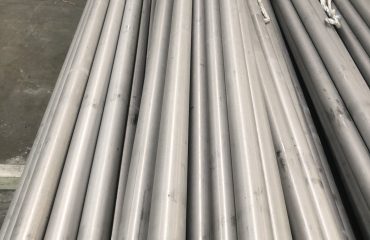
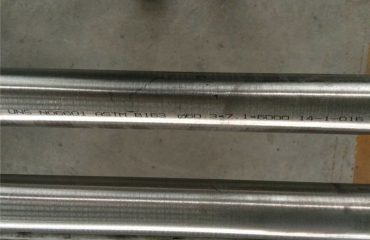
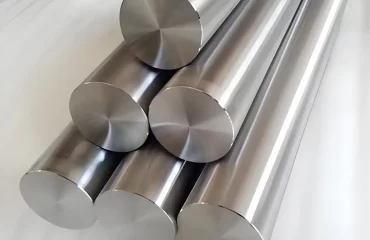
You must be logged in to post a comment.